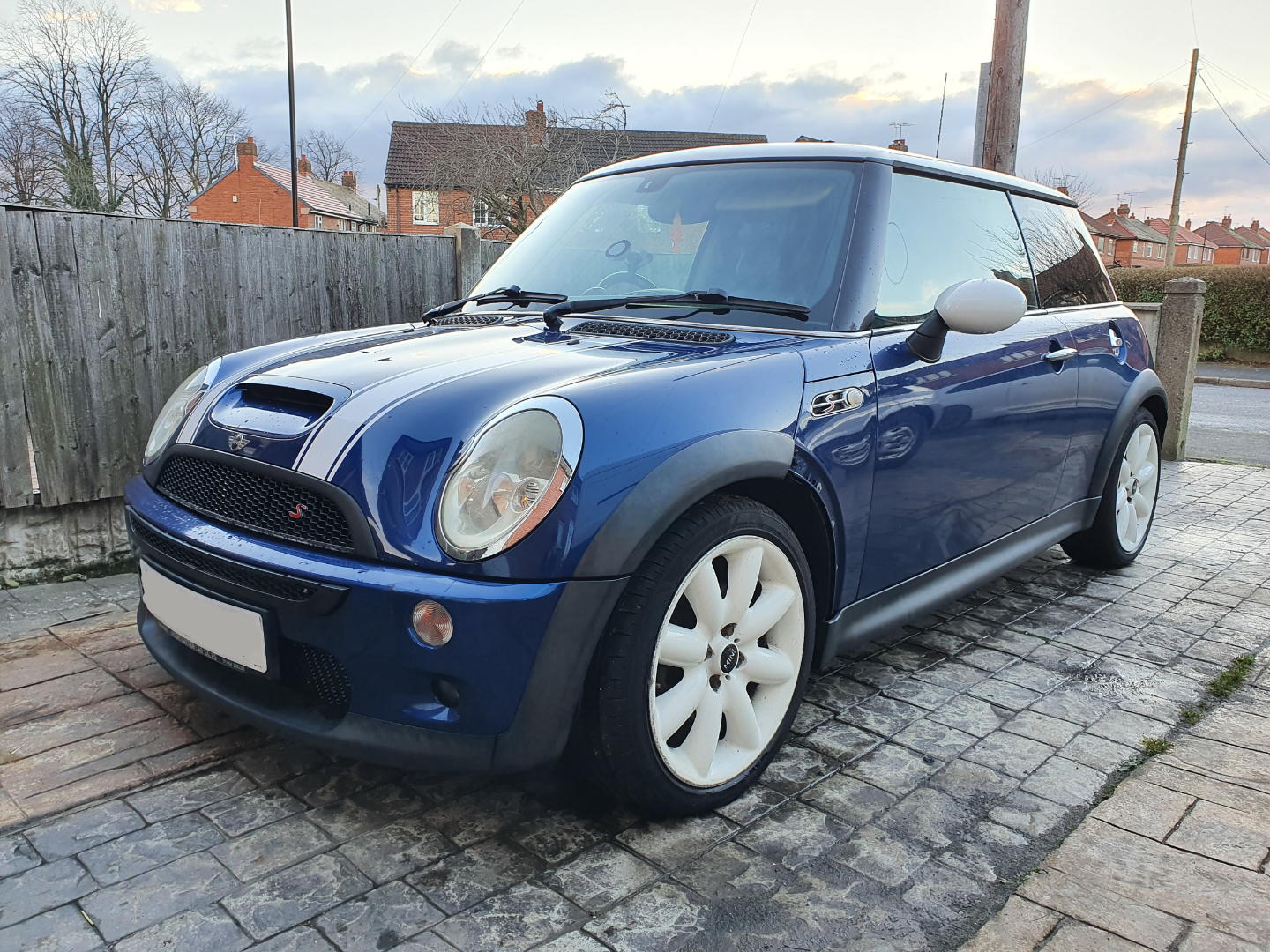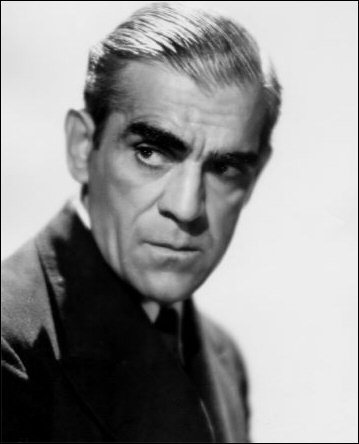| Page: |
| Home > A-Series EFI / Injection > Another Cam Sensor | |||||||
|
8604 Posts Member #: 573 Formerly Axel Podland |
27th Jan, 2010 at 12:40:34pm
I've just had delivery of the new cam sensor from DigiKey.
Edited by Paul S on 7th Feb, 2010. Saul Bellow - "A great deal of intelligence can be invested in ignorance when the need for illusion is deep."
|
||||||
 (2)[/url] by [url=https://www.flickr.com/photos/150672766@N03/]Rod Sugden[/url], on Fli) 5988 Posts Member #: 2024 Formally Retired Rural Suffolk |
27th Jan, 2010 at 12:56:02pm
Wire it up exactly the same as your circuit for your exixting Hall switch on the Megasquirt except put an LED where U3 would be.....
Schrödinger's cat - so which one am I ??? |
||||||
|
857 Posts Member #: 1778 Post Whore Northants |
27th Jan, 2010 at 12:58:27pm
Another led on the side of the case might be good for this then, that way if we have any problems we can rule it out straight away. |
||||||
 9502 Posts Member #: 1023 Post Whore Doncaster, South Yorkshire |
27th Jan, 2010 at 01:06:15pm
:cool: Yes i moved to the darkside |
||||||
 (2)[/url] by [url=https://www.flickr.com/photos/150672766@N03/]Rod Sugden[/url], on Fli) 5988 Posts Member #: 2024 Formally Retired Rural Suffolk |
27th Jan, 2010 at 01:07:14pm
On 27th Jan, 2010 sturgeo said:
Another led on the side of the case might be good for this then, that way if we have any problems we can rule it out straight away. You can't do that easily unfortunately.... LEDs (like any diode) don't current share in parallel. If you put two in parallel only the one with the lowest forward volatge drop will actually pass current and illuminate, the one with the higher internal resistance will simply not pass any current so won't light. Schrödinger's cat - so which one am I ??? |
||||||
|
8604 Posts Member #: 573 Formerly Axel Podland |
27th Jan, 2010 at 01:19:41pm
Thanks Rod, I did a search on U3 and the original thread came up.
Saul Bellow - "A great deal of intelligence can be invested in ignorance when the need for illusion is deep."
|
||||||
 3329 Posts Member #: 184 Senior Member Melton Mowbray, Pie Country |
27th Jan, 2010 at 01:19:43pm
Put them in series then. http://www.twin-turbo.co.uk
|
||||||
 (2)[/url] by [url=https://www.flickr.com/photos/150672766@N03/]Rod Sugden[/url], on Fli) 5988 Posts Member #: 2024 Formally Retired Rural Suffolk |
27th Jan, 2010 at 01:24:01pm
On 27th Jan, 2010 Paul S said:
If I take 12v through a 680k resistor to an LED connected to the sensor output, would this work? Yes, I meant the same circuit as you've used on the MS but just fabricate it outside the MS, ie just a resistor and LED in series (the LED just being instead of U3). EDIT - I've just read the rather old thread you linked...... where I said I think a cam sensor might become usefull in the future 
Edited by Rod S on 27th Jan, 2010. Schrödinger's cat - so which one am I ??? |
||||||
|
8604 Posts Member #: 573 Formerly Axel Podland |
27th Jan, 2010 at 01:35:14pm
On 27th Jan, 2010 Rod S said:
I've just read the rather old thread you linked...... where I said I think a cam sensor might become usefull in the future  Yes very phrophetic of you 
It looks like I must have decided on using the cam sensor sometime between Feb08 when you started the thread and Jun08 when I resurrected it. Saul Bellow - "A great deal of intelligence can be invested in ignorance when the need for illusion is deep."
|
||||||
|
8604 Posts Member #: 573 Formerly Axel Podland |
30th Jan, 2010 at 07:32:42pm
It occurred to me this afternoon, that this particular style of sensor could be used on the cam wheel.
Saul Bellow - "A great deal of intelligence can be invested in ignorance when the need for illusion is deep."
|
||||||
 (2)[/url] by [url=https://www.flickr.com/photos/150672766@N03/]Rod Sugden[/url], on Fli) 5988 Posts Member #: 2024 Formally Retired Rural Suffolk |
30th Jan, 2010 at 07:43:27pm
No reason why not so long as your "screw" tooth is a reasonably different "height" to the rest of the wheel.
Schrödinger's cat - so which one am I ??? |
||||||
|
8604 Posts Member #: 573 Formerly Axel Podland |
30th Jan, 2010 at 07:51:21pm
My wheel has holes at the radius that I plan to fit the screw. So if the sensor is too close to the wheel then it will see the holes as well.
Saul Bellow - "A great deal of intelligence can be invested in ignorance when the need for illusion is deep."
|
||||||
|
8604 Posts Member #: 573 Formerly Axel Podland |
6th Feb, 2010 at 05:02:01pm
I'm making up this circuit to test this sensor.
Saul Bellow - "A great deal of intelligence can be invested in ignorance when the need for illusion is deep."
|
||||||
 (2)[/url] by [url=https://www.flickr.com/photos/150672766@N03/]Rod Sugden[/url], on Fli) 5988 Posts Member #: 2024 Formally Retired Rural Suffolk |
6th Feb, 2010 at 05:34:45pm
Try this
Schrödinger's cat - so which one am I ??? |
||||||
|
8604 Posts Member #: 573 Formerly Axel Podland |
6th Feb, 2010 at 05:43:05pm
That makes sense. Like a non-return valve and the flat end is the outlet 
Saul Bellow - "A great deal of intelligence can be invested in ignorance when the need for illusion is deep."
|
||||||
|
8604 Posts Member #: 573 Formerly Axel Podland |
6th Feb, 2010 at 05:56:53pm
Well, the circuit works.
Saul Bellow - "A great deal of intelligence can be invested in ignorance when the need for illusion is deep."
|
||||||
 12307 Posts Member #: 565 Carlos Fandango Burnham-on-Crouch, Essex |
6th Feb, 2010 at 06:03:01pm
that'll work a treat Paul,
On 28th Aug, 2011 Kean said:
At the risk of being sigged... Joe, do you have a photo of your tool? http://www.turbominis.co.uk/forums/index.p...9064&lastpost=1 https://joe1977.imgbb.com/ |
||||||
 (2)[/url] by [url=https://www.flickr.com/photos/150672766@N03/]Rod Sugden[/url], on Fli) 5988 Posts Member #: 2024 Formally Retired Rural Suffolk |
6th Feb, 2010 at 06:19:43pm
On 6th Feb, 2010 Paul S said:
Well, the circuit works. The LED lights when it gets within 1.5mm of anything ferric, then stays on until you move it about 10mm away. Tomorrow I'm going to set the cam wheel up in the lathe chuck and the sensor on the toolpost and see if it will work with a screw in the cam wheel. The 10mm away (release distance) may be your problem. Your NRV analogy is good for a hydrodynamicist (sp?) but the one I was taught was that in our water treatment plants the cation beds are cats.... and a happy cat is a positive cat ...... Unfortunately a cation resin exchange bed is the opposite polarity to a cathode, hence why I keep that little picture to remind me. :) Schrödinger's cat - so which one am I ??? |
||||||
|
8604 Posts Member #: 573 Formerly Axel Podland |
6th Feb, 2010 at 06:32:43pm
Now it's me getting obsessive about the cam sensor timing.
Saul Bellow - "A great deal of intelligence can be invested in ignorance when the need for illusion is deep."
|
||||||
 (2)[/url] by [url=https://www.flickr.com/photos/150672766@N03/]Rod Sugden[/url], on Fli) 5988 Posts Member #: 2024 Formally Retired Rural Suffolk |
6th Feb, 2010 at 06:43:33pm
From the way I understood Jean's answer when I asked this, the cam sensor should be a reasonable distance before the missing tooth which itself is 90 degrees BTDC on the firing stroke of No 1.
Schrödinger's cat - so which one am I ??? |
||||||
|
8604 Posts Member #: 573 Formerly Axel Podland |
7th Feb, 2010 at 01:23:39pm
Just the job:
Edited by Paul S on 7th Feb, 2010. Saul Bellow - "A great deal of intelligence can be invested in ignorance when the need for illusion is deep."
|
||||||
 (2)[/url] by [url=https://www.flickr.com/photos/150672766@N03/]Rod Sugden[/url], on Fli) 5988 Posts Member #: 2024 Formally Retired Rural Suffolk |
7th Feb, 2010 at 01:47:53pm
Seems fine, the only thing I would suggest is on the final version, get rid of that washer or somehow make it the same diameter as the bolt head. Otherwise the sensor has two square edges it could pick up from and with the 10mm switch off distance you've already measured you won't know which is switching just from an LED and it might be so close to the cutoff point that it could be either at random.
Schrödinger's cat - so which one am I ??? |
||||||
|
8604 Posts Member #: 573 Formerly Axel Podland |
7th Feb, 2010 at 01:58:56pm
The washer is only temporary for the purpose of the test, as the holes are bigger than the screw head.
Saul Bellow - "A great deal of intelligence can be invested in ignorance when the need for illusion is deep."
|
||||||
 (2)[/url] by [url=https://www.flickr.com/photos/150672766@N03/]Rod Sugden[/url], on Fli) 5988 Posts Member #: 2024 Formally Retired Rural Suffolk |
7th Feb, 2010 at 02:18:54pm
On 7th Feb, 2010 Paul S said:
I think this solution is better than trying to pick up a signal off the fuel pump lobe. It can also be used if you are using the fuel pump hole for oil drain. I agree, the pump cam lobe was never going to have a clean square edge compared to this and I guess most people use the pump hole for the oil drain anyway. Personally I'll stick with the dizzy drive for the moment as my optoswitch takes up so little room in that position but might try this method on the next one :) Schrödinger's cat - so which one am I ??? |
||||||
|
8604 Posts Member #: 573 Formerly Axel Podland |
7th Feb, 2010 at 05:27:50pm
On 6th Feb, 2010 Rod S said:
in our water treatment plants the cation beds are cats.... and a happy cat is a positive cat ...... Unfortunately a cation resin exchange bed is the opposite polarity to a cathode, hence why I keep that little picture to remind me. :) Is that Ion Exchange? Saul Bellow - "A great deal of intelligence can be invested in ignorance when the need for illusion is deep."
|
||||||
| Home > A-Series EFI / Injection > Another Cam Sensor | |||||||
|
|||||||
| Page: |



